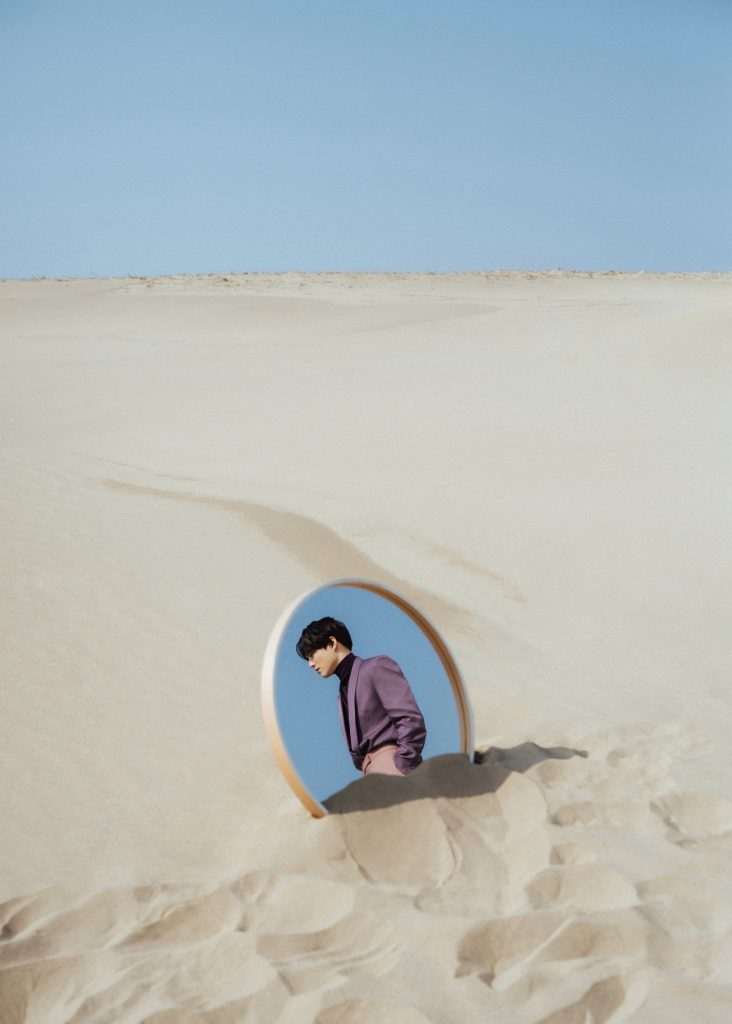
On March 30, Exo leader Suho revealed the artwork he had been quietly creating for the last three months: his solo debut project, Self-Portrait. The mini album introduces a new side to the Suho many are already acquainted with. While the EP stands out with its soft rock-inspired sound and its fiercely emotional lyrics, as impressive — if not more so — is the strength of its concept.
As one would expect, Suho had a leading role in developing the “self-portrait” theme. He wrote his stories into the lyrics under the name SH2O to piece together a reflection of who is. Suho also brought the distinct sound to the mini: although not many were aware of it, the soft-smiling leader likes rock, and he brings the characteristics of the genre to his debut effort.
The “self-portrait” concept and the visual style that comes with Suho’s album was born because of the artist, Vincent van Gogh. Suho first encountered van Gogh’s “Self-Portrait” series while in Switzerland for an Allure Korea photoshoot in 2017. Since then, van Gogh’s series has stuck with the musical artist. In an interview with The Ringer, Suho considers the reasons: “I realized you could see almost every individual paint brushstroke and how it was different, reflecting different phases of his life.” Suho gives an additional nod to the artist through the March 30 release date of Self-Portrait, which is van Gogh’s birthday.
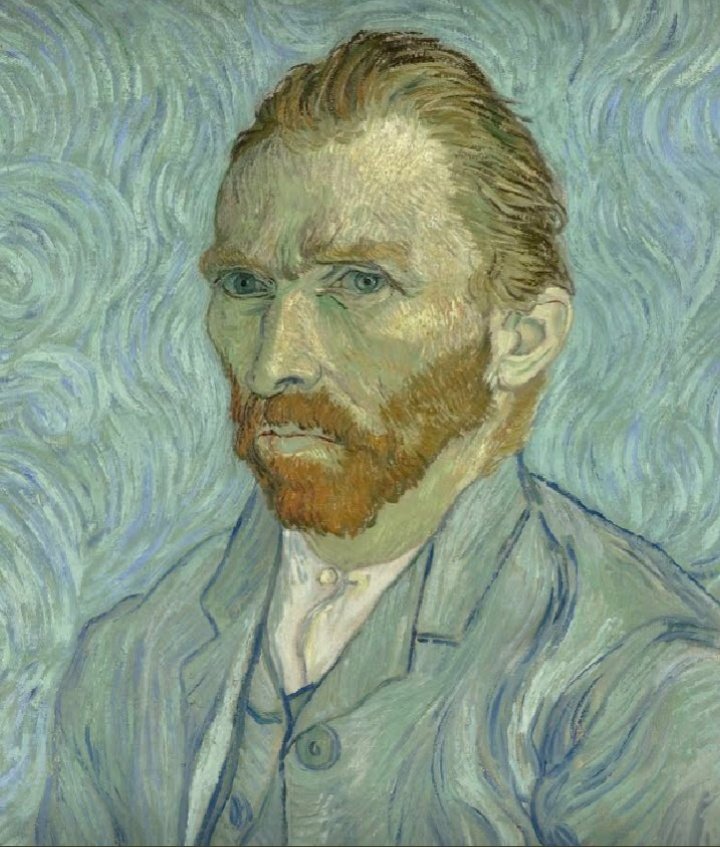
The album cover and the concept images for the mini reflect the greatest influence the post-Impressionist artist had on the overarching “self-portrait” idea. The Impressionists, beginning with Claude Monet’s Impression: Sunrise (1872), and continued further by the post-Impressionists, the contemporaries of van Gogh, focused on sweeping colors, the ever-changing nature of light, and introduced a vivid sense of emotion (particularly with the post-Impressionists) into their paintings.
These art movements also freed their brushstrokes, not caring if the viewer could see the layering of color or the direction they had moved their brush in. The texture of the canvas surface became an important characteristic of the Impressionists because perfection was not their concern, as these artists desired to paint a moment in the moment.
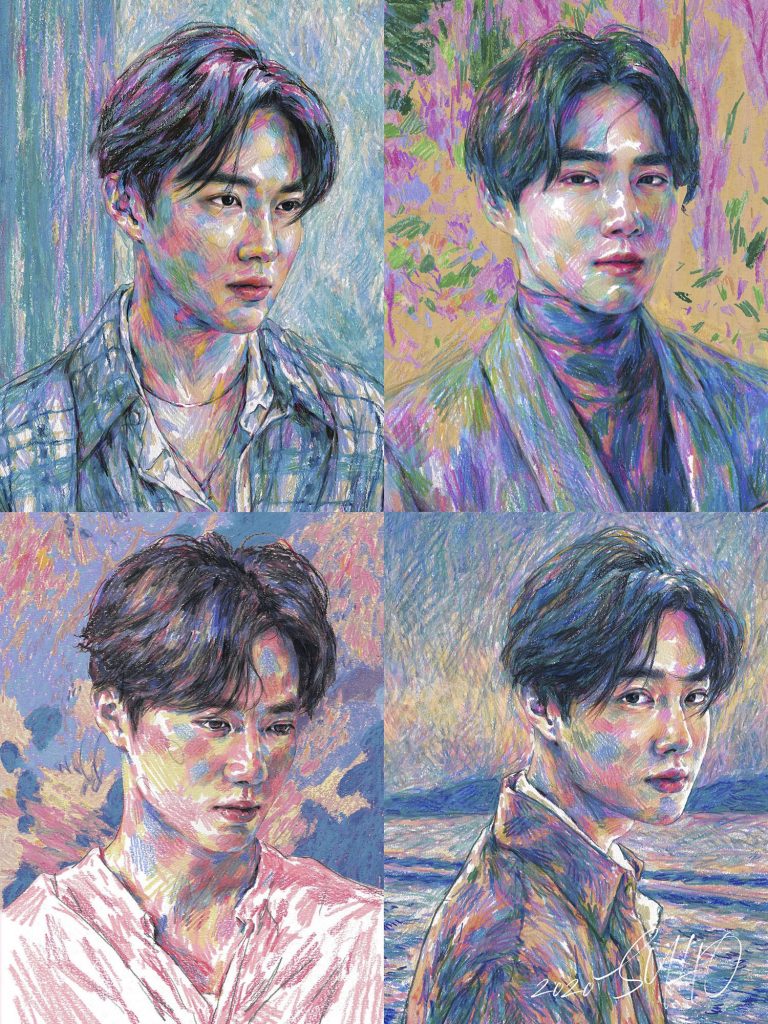
The album cover of Suho’s Self-Portrait uses this stylistic tradition as its reference. To emphasize the “self-portrait” concept, the four images are in the portrait style with Suho’s shoulders being cut-off by the frame.
Furthermore, the cover shows four angles of his upper body in each of the quarters. It is significant to note that Suho never fully faces the viewer nor makes even eye contact with the audience. In the right two portraits it seems like he is, and he does make some eye contact, but his body and head are always tilted or twisted in a specific way so that viewers can never see all of both of his eyes. This could suggest that there are unrevealed parts of Suho’s identity—both to viewers and possibly to himself. So through the cover art, there exists a literal external portrait of Suho, but the music of the album paints his internal portrait.
The heart of Suho’s vulnerable self-portrait is his emotional lyrics. While he is not an artist in a van Gogh sense, Suho’s canvas is the song, his brushstrokes the instrumentals and his gentle voice. Suho’s music not only causes him to reflect upon himself, but he also prompts listeners to think about a powerful question: “everyone has scars, everyone has been hurt. But even so, shouldn’t we still love?”
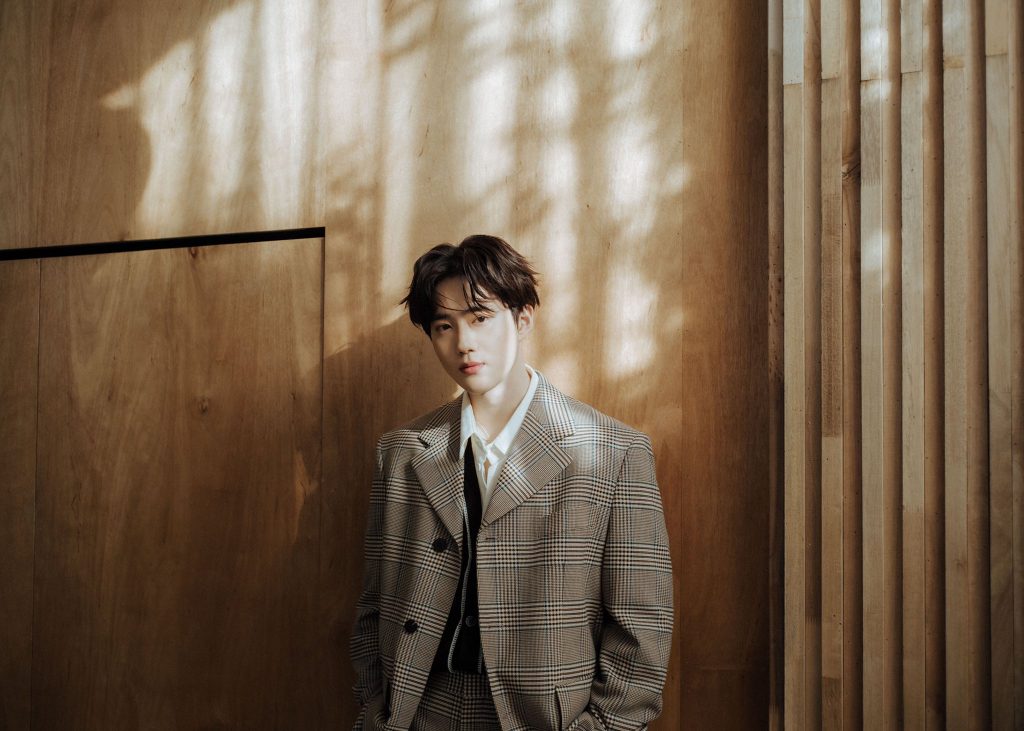
The lyrics of the six tracks demonstrate clear emotional depth and, sometimes, pain. Suho explores the push-and-pull of loving someone but that person not loving you, finding love and losing it, and not expressing your love for someone when you had your chance.
It takes a few seconds for the instrumentals of “O2” to reach an audible level, almost as if they were taking in a silent breath before beginning. After the instrumentals softly come in, the guitar and piano swell, almost musically boosting Suho’s oxygen levels and confidence before singing the first lines of Self-Portrait. The standout lyrics found in the opening verse indicate profound reflection with its lyrics,
The cold and deep place
Where the black waves break
Memories become more blurred every day
The song that will have to end
Tell me everything about you
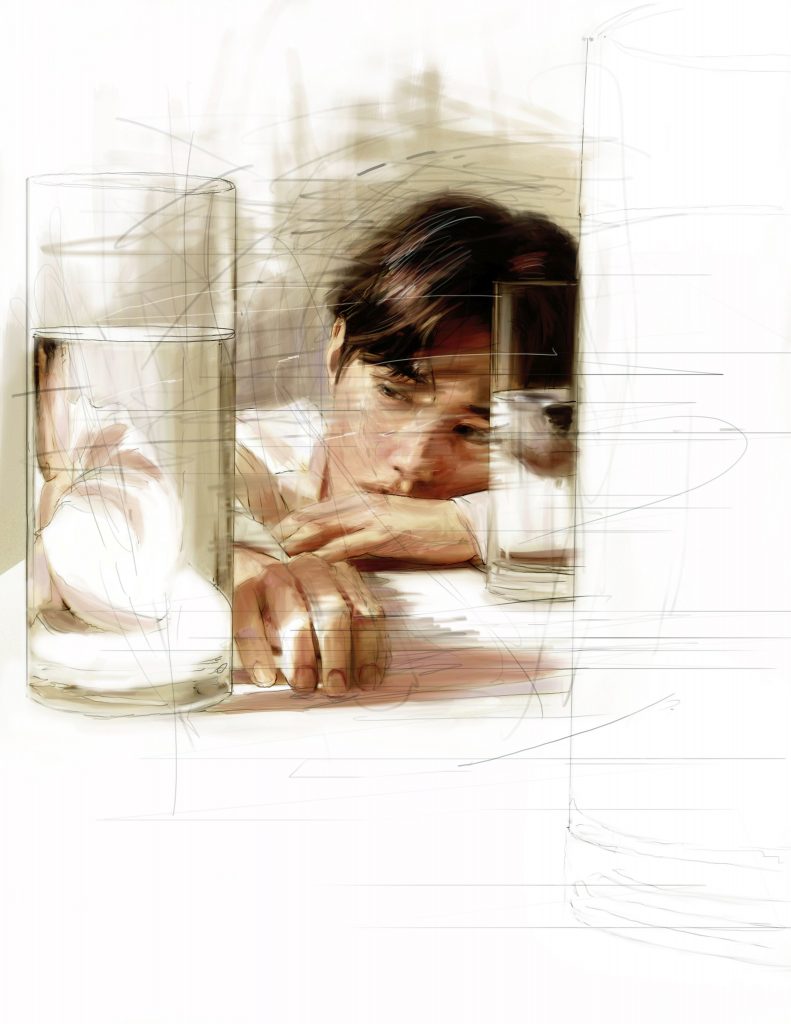
Thus is the powerful and emotional beginning to Suho’s solo debut. Other lyrics connect back to the artistic connotations of “self-portrait” such as “I can’t even draw you in my dream / You’re the color I’ll never know.”
“Let’s Love,” the title track of Self-Portrait, is the prevailing message of both the song and the album. It gains a deeper meaning when seen alongside Exo. While the group’s official slogan is “We are one,” Suho created another cheer for the members to say before performances, this cheer being “Let’s love.”
The beautiful electric guitar accompanies the romantic lyrics of longing for someone. Listeners are not entirely sure who that “someone” is; it could be Exo-L’s, but the album is not only aimed at fans of Exo, as Suho also wants his music to be listened to by a wider audience. The emotional writing of “Let’s Love” cleverly juxtaposes the joyful melody and the grounding drum beats.
Strong natural metaphors come through the lyrics of “Made in You.” Paired with an upbeat melody, Suho croons in the chorus,
So I I ’m made in you
Girl you make me one of a kind
I’m a star meant to shine only on you
I I ’m made by you
The reason I shine
Is because the sun called you looks at me
His references to nature, namely stars and the sun, are all associated with light. As the leader of Exo for almost 10 years of his life, a formative part of Suho’s identity is the stage and the glare of public attention that comes with being one of the most prominent K-pop groups of today. “Made in You” marks the halfway point of the album which also suggests that while Exo is a significant part of Suho’s self-portrait, through his solo album, and the remaining three of the tracks, he notes that they are not all who he is.
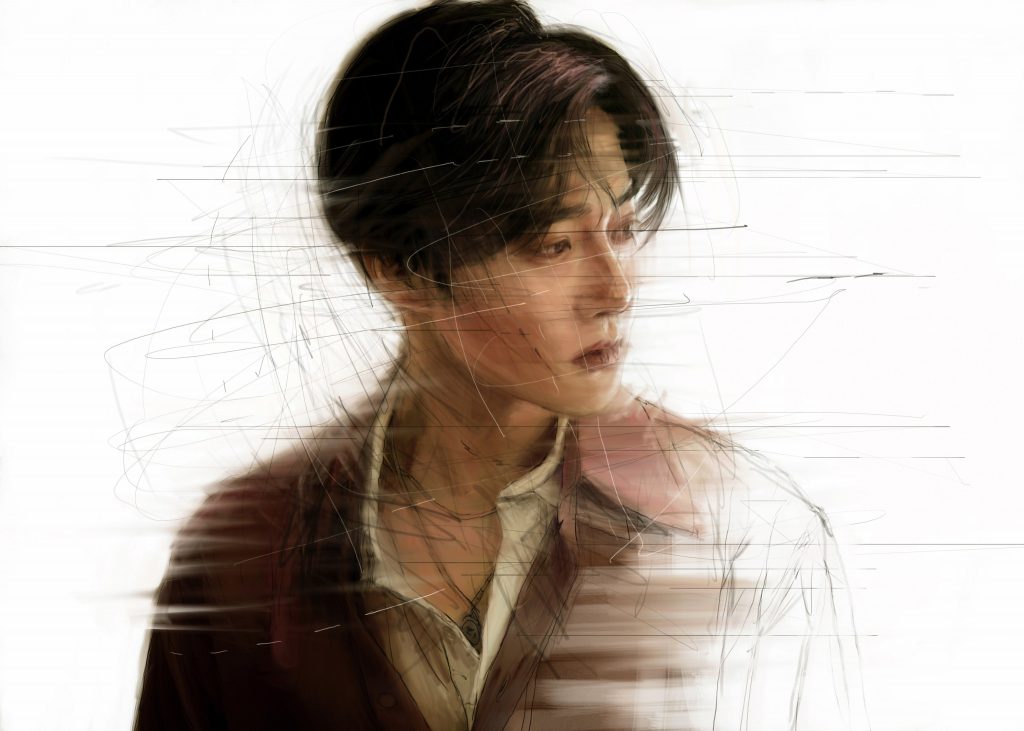
Suho sings again of stars and light versus darkness in “Starry Night,” which has become a fan favorite. This song is a pivotal moment in the mini album, as he contemplates the artistic inspiration behind the project as well as his internal self-portrait. The influence of van Gogh in “Starry Night” is evident, notably because the title refers to the artists’ famous painting, Starry Night from 1889.
Some of the lyrics of “Starry Night” are also direct references to the story behind Starry Night the painting. The imagery of curtains and windows brings one’s thoughts to how van Gogh wrote to his brother about the scene he witnessed from his bedroom window inside of the asylum, the scene that would later become Starry Night.
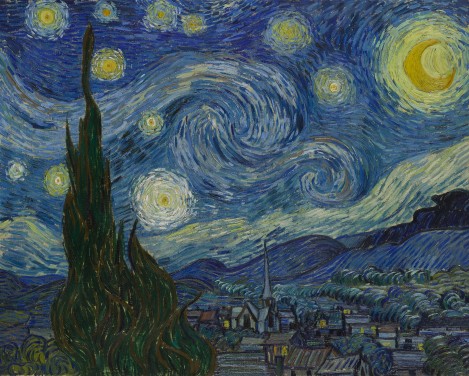
The soft piano chords and the sustained strings at the beginning of Suho’s “Starry Night” explode into the height of the song with crashing drums and powerfully held notes. However, the chorus does fall flat with the repetition of “Starry Night,” and while the song has beautiful lines, some of the lyrics of the other tracks are more emotionally powerful. Although the chorus is a bit lackluster and there are not as many standout lyrics, the concluding lines are extraordinarily poetic: “You’re a broken star / The darker it is, the more you shine.”
The song with the title of the mini album, “Self-Portrait,” brings a fun melody to the chorus and the last upbeat track of Suho’s debut. As it might be anticipated, “Self-Portrait” possesses the most references to painting and art including the lyrics, “I’m painting over with colours on my memory of you / that’s fading away” and “I draw you, draw everything / Into my life.” The incredibly vivid songwriting continues with the reference to windows, seen also in “Starry Night.”
Just like every color got tangled together
I feel it turning into black
In the scenery outside of the window without you
Just memories that became a blank space
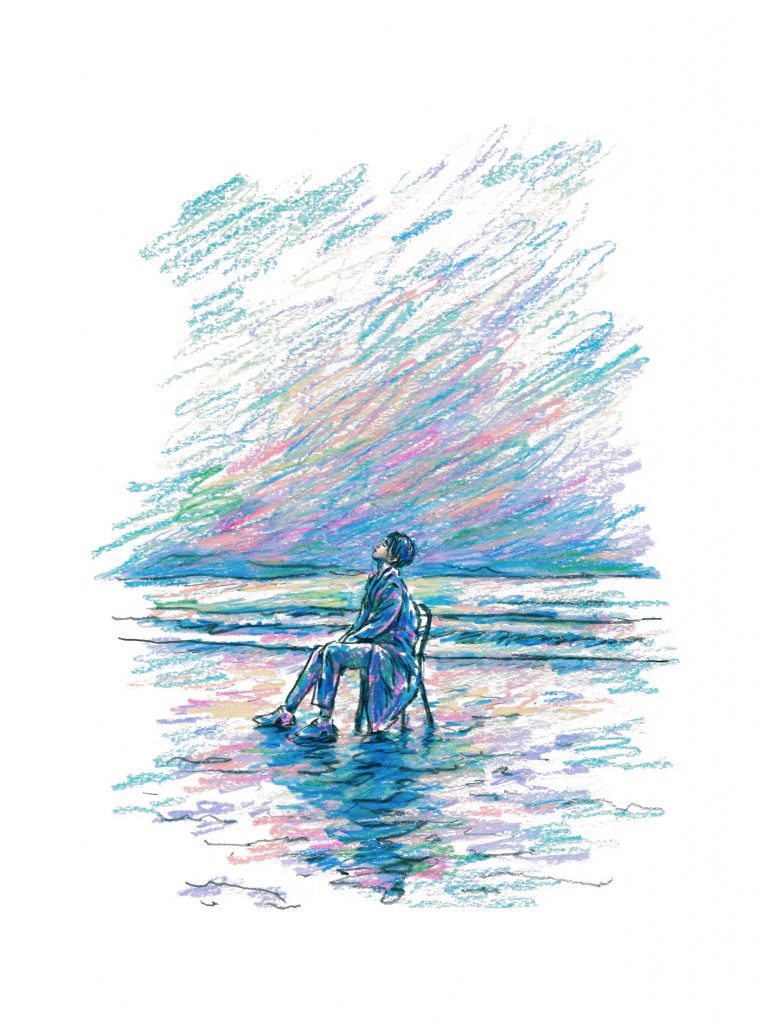
Windows can reflect an image back to you, or you can see through to something else. By using the metaphor of a window, Suho is able to simultaneously reflect upon himself and examine himself while also seeing beyond his image to the landscape that is before him.
The shift that occurs from the opening line to the last chorus denotes this journey. The line transforms from “I draw out the you from that day perfectly” to “I draw the me who were full of you” at the end, thus contemplating the concepts of portrait versus self-portrait. Sometimes the reflection on oneself may show that a specific person is inherently tied to your identity and how you view yourself.
Younha lends her honey vocals to “For You Now,” the track that closes Suho’s debut album. In it, Suho expresses his sincere thanks to those he had missed saying it to, emphasizing that he “want[s] people to feel the same way; even if it’s late, it’s never too late to say ‘Thank you.’”
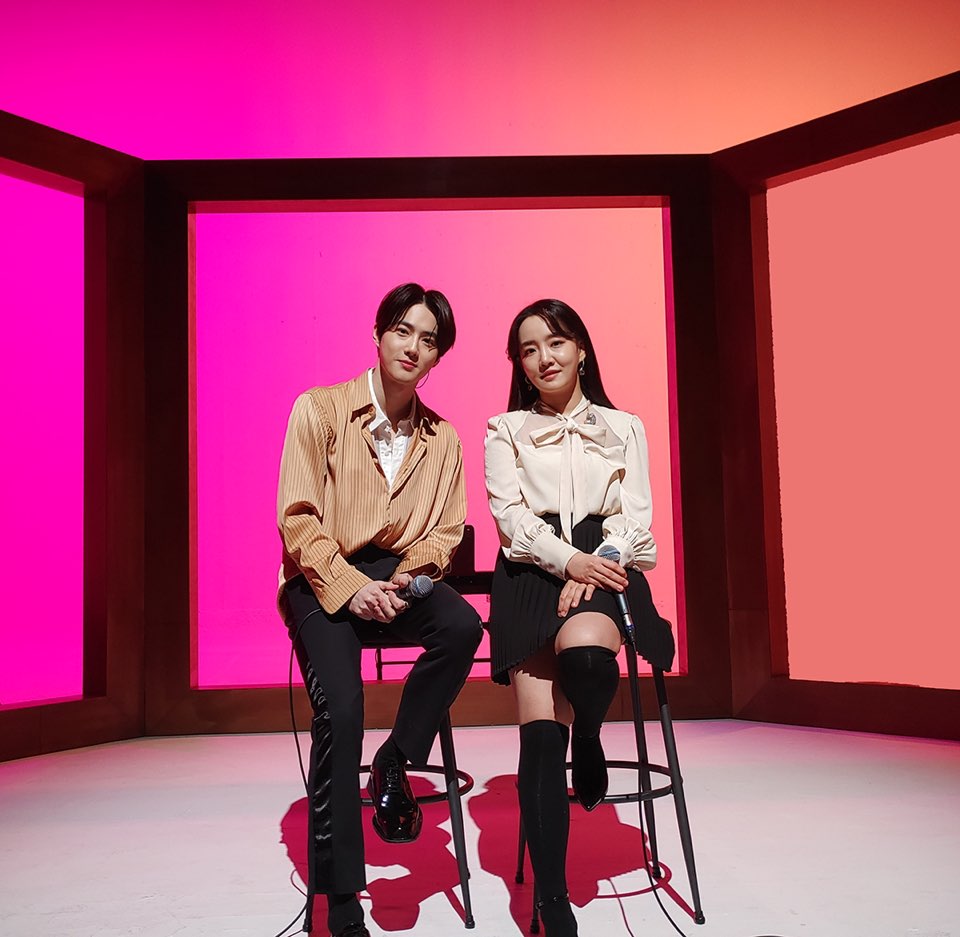
The blend of Suho and Younha’s voice is a delicate and gentle conclusion to Self-Portrait. The vulnerability and openness that both of the artists express lets listeners know that they can be the same way with them. For Suho, “For You Now” also reaches out a grateful hand out to Exo-Ls (the “L” also standing for love), the link between the subunits Exo-K and Exo-M which makes Exo one. “For You Now” wraps a blanket of safety around those who listen, particularly with the lyrics,
Lean on me
And just comfortably
Listen to this song
I’ll become your comfort
Hope my honesty
Reaches to you
The track is a quiet resolution to Self-Portrait, a lullaby for the end of the day.
Suho’s solo album comes at a time of transitions and new beginnings as the artist is almost in his 30s. Through the six tracks of his debut, going softly in and out, Suho takes listeners on a journey of who he is as he reflects on the years of his 20s. Self-Portrait is a welcome solo debut with a strong and meaningful concept that stands out with its rock-inspired sound in a pop-dominated scene.
(YouTube, Museum of Modern Art, The Metropolitan Museum of Art, The Ringer, Billboard. Images via SM Entertainment, MoMA, Musée d’Orsay. Lyrics via lyricskpop)

0 Comments